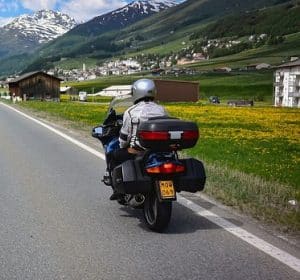One of the most essential things to do before looking at any second-hand bike is to learn all you can about the model; with a solid understanding of what parts, it should have as standard – and what they should look like – you’ll quickly identify anything out of place. Many individuals would advise you not to buy the first old bike you come across. It’s an excellent argument, because only by looking at as many as possible can you know which ones are the finest. Of course, the finest one is occasionally the first one, but try to see a variety. One method is to go out of your way to look at variants of the model you really don’t want.
Top 20 Checklist of things to buy a used motorcycle
-
Check the VIN
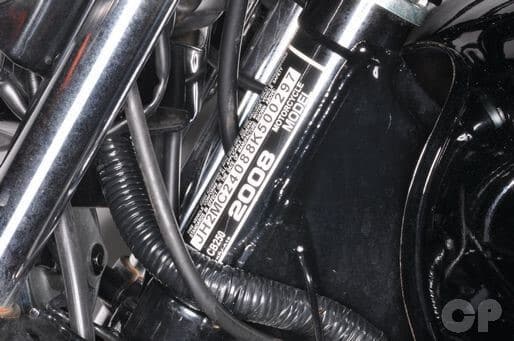
This is where we begin. If you’re searching for a hot bike, the remainder of this advice is pointless. (Stolen, not hacked!) Check the numbers physically to ensure that they have not been re-stamped. If you’re looking for bikes with a high theft record like Harley-Davidsons, you should bring photographs of factory-stamped numbers with you for comparison if you don’t know what “knocked-over” numb means. Once you’ve done so, double-check that the title numbers match the headstock. I’ve seen my fair share of titling mistakes and remedies. You can earn some money on titling problems if you know how to negotiate the local motor vehicle bureaucracy, but title discrepancies are a pain for most individuals who aren’t in the flipping game.
Honda CB250 VIN Location
-
Check the MoTs
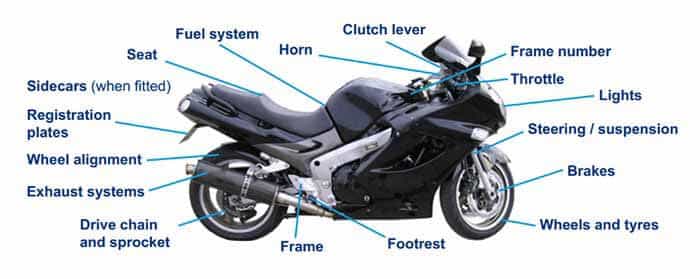
You may check a vehicle’s MoT history online at www.gov.uk/check-mot-history, where you can also check the mileage. If the bike hasn’t been used in a long time, the fuel system may be clogged, but make a note of what you’d anticipate the mileage to be on the clocks.
-
Check the paperwork
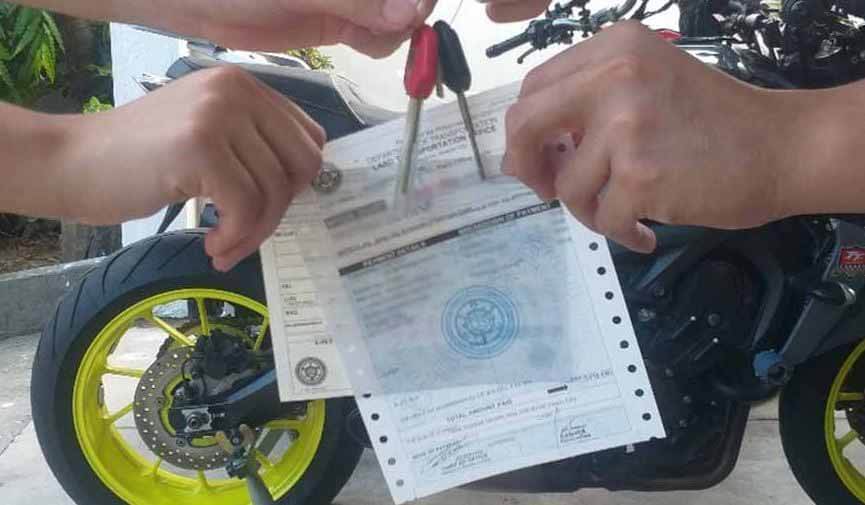
Check to see whether the frame number (VIN) matches the one on the V5, as well as the engine number. Check that the address on the V5 corresponds to the address at which you are seeing the bike. If there is no paperwork, go away (albeit off-road motorcycles presently do not have V5s unless they have been voluntarily registered with the DVLA). Complete dealer support While a strong track record is important, don’t rule out service from an independent mechanic as long as the job is done to a high quality.
Home service isn’t necessarily a negative thing for out-of-warranty motorcycles – if the seller has kept documents of every item purchased, and you’ve had the opportunity to see they have a well-stocked toolbox and working area, make a choice based on the age, value, and condition. When it comes to service records, make sure the service book matches the bike and that the stamps are authentic (many manufacturers can now confirm service records by checking an electronic database).
-
Look for Budget
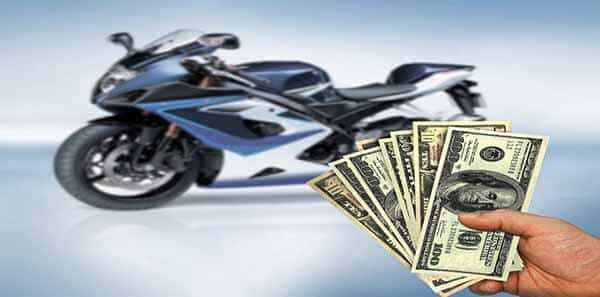
When it comes to buying a motorbike, money is perhaps the most essential factor. As a result, we propose that you create a budget. Sometimes a person is willing to make financial adjustments, which we do not suggest. That being stated, one should take his or her financial limit extremely seriously. Otherwise, you’ll quickly come to regret your decision to purchase an expensive motorcycle.
-
Take some time
Don’t be rushed by a vendor (and that includes a dealer). I’ve generally spent at least an hour or two on each bike I’ve purchased, partially because I wanted to double-check everything, but also because I ended up establishing a relationship with the vendor. If the seller tells you that another buyer is on their way, don’t make a hasty choice. If you’re unsure, go away and then forget about it. There will be an anthology.
Must focus these things technically
-
Exhaust
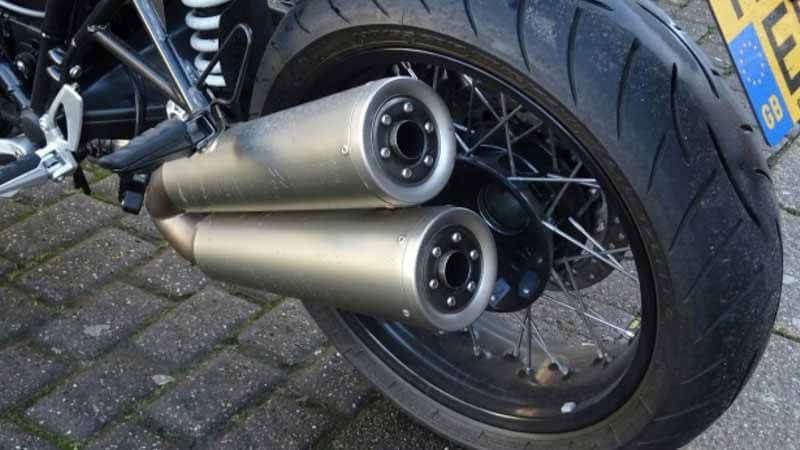
Let’s start with the exhaust. I know you’re itching to fire up the bike and hear it roar. There will be time for it later. For the initial examination, you want the bike to be chilly. Warm engines start more easily. In fact, when you phone the vendor to enquire where you might view the bike, urge him not to run it before you arrive.
First, ensure that the exhaust is securely fastened. The engine causes a lot of vibration in the exhaust system, which might cause the mounts and pipe to break. You may feel spots of rust that have rotted through on the exhaust that you do not have a clear view of. You’d undoubtedly hear exhaust leaks when you first start the bike, so you know where to look for them now.
-
Engine
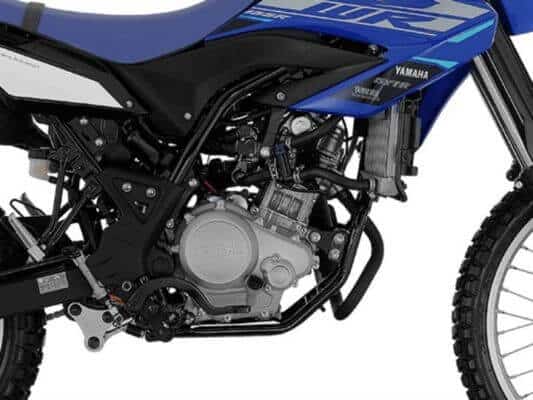
Examine the regions around the valve and engine covers for suspected oil leaks. It’s also a good idea to let the engine run for a longer amount of time to see whether the leak increases. You may need to request that the seller repair the oil seal promptly before, ahem, closing the sale. Examine the gasoline line hoses and tubes for fractures or cuts.
-
Electrical system
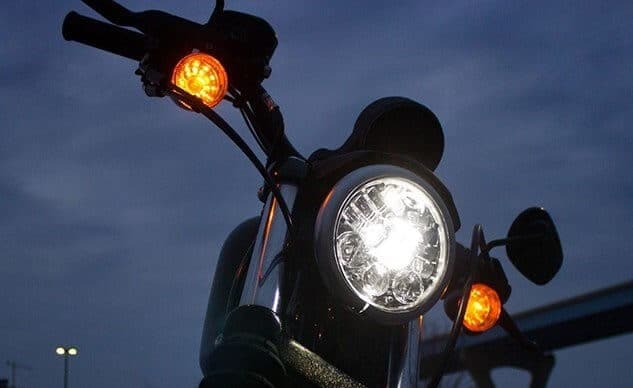
One of the most common failures is the headlamp. The problem with the headlights might be one of two things: either the wiring or the bulb is not working.
Water stains might appear within the headlight housing at times. This is due to the fact that they have either been tampered with or are not genuine.
-
Clutch system
Check that everything is working properly. If the clutch lever is dragging, it may need to be lubricated. This is also likely a sign that the clutch cable needs to be replaced. To guarantee smooth clutch functioning, it is critical that the seller maintains clean, pure fluid in fluid-type clutch systems. Make sure there are no leaks or breaks in the hoses as well.
-
Chassis
This is the component that should not be overlooked; it is what ties everything together. As a result, it must stay as firm as possible, free of fractures and corrosion. Request that someone hold the bike straight and inspect it from a distance to ensure that the front and rear tires are correctly aligned. Otherwise, the chassis has been bent as a result of a violent impact, such as bottoming out or landing forcefully. This might lead to an unsteady and dangerous ride. Check for cracks or corrosion on joints and welded areas (if using a steel chassis).
-
Handlebars
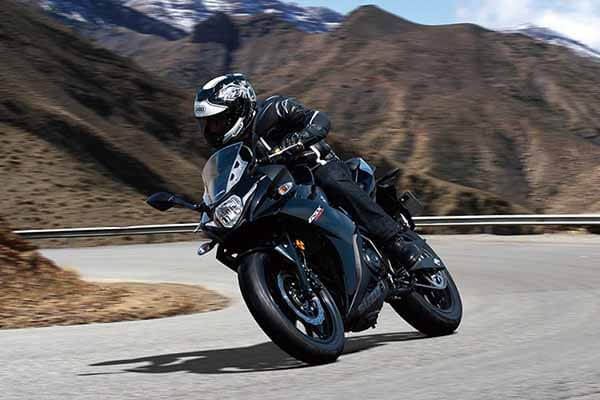
If the handlebars appear bent because of a serious fall or accident, the bike’s handling may suffer. Misaligned handlebars can cause the bike to pull to the right or left, causing a lot of stress for the rider. Check the steering head assembly for worn-out bearings as well.
You May Also Like: 13 Popular Types of Motorcycle Handlebars: Choosing the Best for Your Riding Mode
-
Tires and wheels
Set up the center stand and spin the back wheel to see if there are any bulges or cracks. Flat marks on the tires suggest that the rider is addicted to tire burns, power slides, or harsh braking. Check the tire’s manufacturing year and make sure it hasn’t been in use for more than five years.
-
Bodywork
Inspect the bodywork for fractures and missing bolts or clips. Examine the bodywork for alignment. A misaligned fairing may indicate that the bike has been in a collision, and a sloppy repair work will not conceal this fact. Nothing beats tidy, well-placed bodywork that complements a gleaming, original paint job.
-
Brake system
Examine the rotor for damage, especially if the owner forgot to replace worn-out brake pads but continued to ride the bike, resulting in severe scratches on the metal disc’s surface. When braking, if there is a pulsing sensation, the rotors must be changed immediately. In addition, the brake lever should return to its original position promptly, and the bike should be able to roll freely without dragging on the brakes.
-
Fuel tank
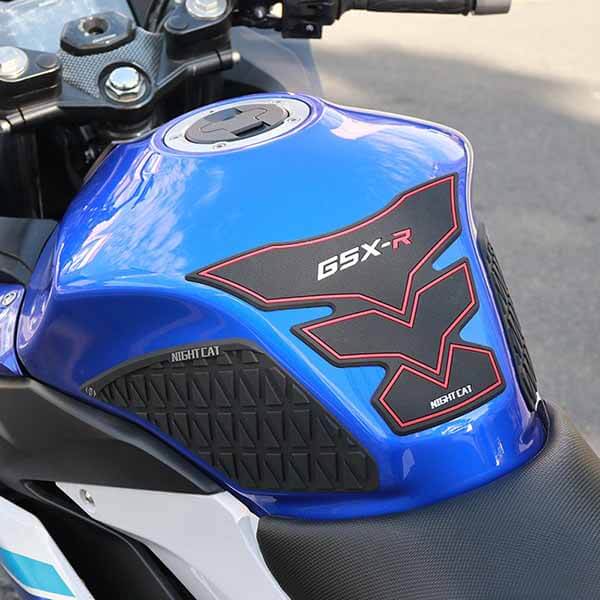
Examine the interior of the fuel cap. You might wish to bring a flashlight. You should be able to see the bare metal interior of the gasoline tank through a light amber-colored fuel. If the gasoline is black, it is most likely old and must be emptied and refilled.
To be cautious, you should also cleanse the system and replace the filter. Look inside the gasoline cap. Bring a flashlight if possible. The bare metal interior of the gasoline tank should be visible through a light amber-colored fuel. If the gasoline seems black, it is most likely old and should be emptied and replaced. To be on the safe side, you should also cleanse the system and replace the filter.
-
Coolant
The coolant’s natural look is neon green, and it should smell pleasant. Remove the coolant cap and inspect the engine when it is cold. Green is fantastic. Brown coolant might indicate that corrosion or oil has infiltrated the engine. If the engine has started to rust, you may need to make some pricey repairs in the future. If your coolant contains oil, you may have a leaky head gasket or failing O-rings. O-ring replacement is not a death sentence for a motorcycle but replacing a head gasket is a task for an expert “gear head,” therefore you may want to reconsider your purchase if this issue occurs.
-
Background
Ask for all the service records and receipts for the bike. The thoughtful rider will save all service records. Perhaps the seller is the “do it yourself “type. This is not necessarily a bad thing. One of the best-used motorcycles I ever bought was from an avid club racer/mechanic. The thoughtful “do it your self-er” should have receipts and records of all repairs. We also recommend that you get an official Motorcycle History Report. It’s inexpensive “peace of mind” when buying.
-
Suspension
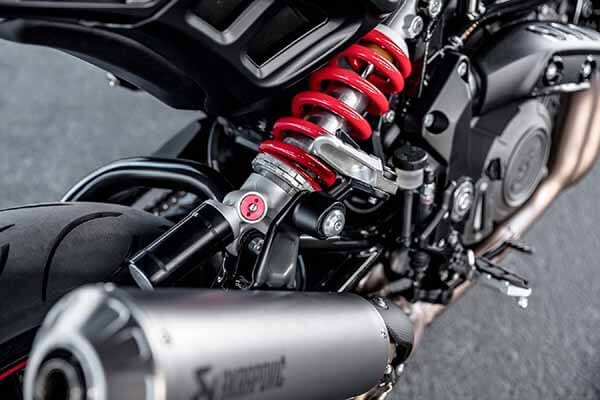
After you shove the fork down, it should return swiftly and solidly. If it has a propensity to dribble, it will need to be changed. The same is true for the rear shocks (or mono-shock). There should be no bouncing up and down for an extended period. Be on the lookout for any signs of leakage on the fork seal. Suspension systems are not inexpensive; therefore, it would be ideal if you could identify any problems before the transaction is finalized.
-
Service record
This is not so frequent with commuter motorbikes, but when it comes to high-end bikes, the owners typically take careful care of them. Periodic service with a valid service record is also included.
-
Must go for a test drive
Finally, don’t forget to take the motorcycle for a ride. Riding the bike allows you to diagnose a plethora of issues. This comprises the brakes, clutch, gear lever, throttle response, and other components. In addition, a person with a great interest in motorbikes can detect any defects in the bike.
You May Also Like: How Many Miles Do Motorcycles Last? 5 Critical Factors Determining Longevity
Assess the motorcycle’s general condition
The odometer only reveals half of the tale of the bike. It is a Very Good Thing if an owner provides you with a file of receipts. If the bike has been properly cared for in general — it has matching tires, bright, waxed paint, and the owner has clearly replaced worn components like grips and seat covers — that’s a strong sign of the type of bike you’re looking at.
People are rarely picky about one aspect of their bike while being careless about another. Usually, they either adore or despise the bike. If you notice evidence of anything that hasn’t been amended in a long time, it might be an indication of a bike with other flaws. Likewise, a flawless owner’s handbook, complete factory keys, and paperwork from aftermarket equipment, as well as a box of OEM takeoff components
Your key takeaways:
- The bike does not appear to have been in a collision/crash.
- There do not appear to be any fluid leaks on the bike.
- The bike appears to have been well-maintained.
M/Z


